Guest post by Peter Krause

Two of the most puzzling news stories to emerge from the Syrian uprising and the Palestinian national movement involve infighting between Al-Qaeda-linked factions and Hamas detaining members of the Popular Front for the Liberation of Palestine (PFLP) in Gaza who were launching rockets at Israel. How could two ideologically aligned groups who share the aim of overthrowing the Assad regime expend more effort on killing each other than killing members of the Syrian military? Why would Hamas, the group who is most associated with political violence against Israel over the past two decades, now restrain violence against Israel by the PFLP? Indeed, what explains variation in armed groups’ use and restraint of political violence, as well as the success and failure of their affiliated movements?
Scholars and policymakers still lack adequate answers to these questions. Hamas has not undergone a change in leadership, its ideology and objectives have not been amended, and Israel’s counterinsurgency tactics in Gaza have not been transformed. In fact, existing scholarship would suggest that the PFLP and Hamas should have reversed roles, given that the PFLP is over twenty years older than Hamas and has historically espoused a communist ideology, rather than an Islamist one.
In terms of movement outcomes, some suggest that the Syrian and Palestinian movements should be gaining more concessions given their internal fragmentation, whereas others claim that they need to unite to achieve greater success. The latter argument has served as the foundation of US policy in Syria amidst numerous failed attempts to unite Syrian factions.
As I explain in a new article in International Security, one key factor overlooked by scholars and policymakers alike can help provide better explanations of both group behavior and movement outcomes: the internal distribution of power. Groups care more about their own position of power within their movement than the movement’s collective success, because greater power increases their chances to survive and capture private benefits. Weaker challenging groups are therefore more likely to initiate escalatory violence that they hope will change the game and whose costs others are more likely to pay, whereas the leading group has strong incentives to restrain escalatory violence and focus on strategic victory. The movement’s power hierarchy is likely to replicate itself in any new regime or new state, leaving the strongest group in line to inherit the benefits of office, wealth, and status, while the weaker groups have the perverse incentive to spoil movement success due to their future subordinate position.
This explains why Hamas is now trying to restrain escalatory violence by the weaker PFLP and jihadist groups in Gaza, just as Fatah tried to restrain a weaker Hamas in the 1990s, just as Fatah tried to restrain a weaker PFLP in the 1970s, just as the PLO and PFLP-precursor the Arab Nationalists Movement tried to restrain a weaker Fatah in 1965 and 1967. What changed across these campaigns was not the group leader, or the group ideology, or the group age, or the strategy of the state enemy, but rather the position of the groups within their movement hierarchy.
These shifts in behavior have resembled groups changing roles in a play with same strategic finale of failure, however, due to continued internal fragmentation. History tells us that unity among autonomous near equals will make little difference in outcome, either. The Algerian national movement did not succeed when it was united in 1944; it won after the FLN brutally eliminated its Algerian rivals and gave the French no other party to deal with in order to end the brutal insurgency. The Zionist movement historically experienced little unity among its armed factions — the Haganah, Etzel, and Lehi — but achieved significant strategic gains amidst little infighting and outbidding due to the concentration of military power in the hands of the Haganah and the Labor Zionists. The Palestinians themselves gained their most significant strategic concessions during Fatah’s hegemony of the late 1980s and early 1990s, while the movement has fared comparatively poorly in the united and fragmented years before and since.
For those supporting insurgencies and national movements, the implication of this research is to not just recognize the pitfalls of fragmentation, as most do, but also to recognize that alliances between autonomous non-state actors are short-lived and generally have little impact on movement outcomes. Instead, movements should seek internal hegemony, even if it will be difficult to achieve because it requires groups to willingly disband or destroy others who share their strategic goal. Those seeking to combat insurgencies and national movements must recognize that preventing movement success requires different policies than preventing violence. If a state wants to prevent the strategic progress of a movement, then it should push for a fragmented movement adversary to engender the infighting and outbidding that will expend scarce movement resources on internal feuds. If a state wants to prevent violent attacks, then it should push for a hegemonic movement adversary that will have little motivation to use violence for internal ends, but will also be in a better position to coerce concessions.
For observers of the Syrian and Palestinian struggles, the key development to watch is not the umpteenth attempt at movement unity hosted in Cairo, Doha, or Istanbul, but rather whether a single organization rises to dominate and lead the movement. Short of this, although new faces may come and go, the dynamics and outcomes of these movements are likely to remain strikingly familiar.
Peter Krause is an Assistant Professor of Political Science at Boston College.

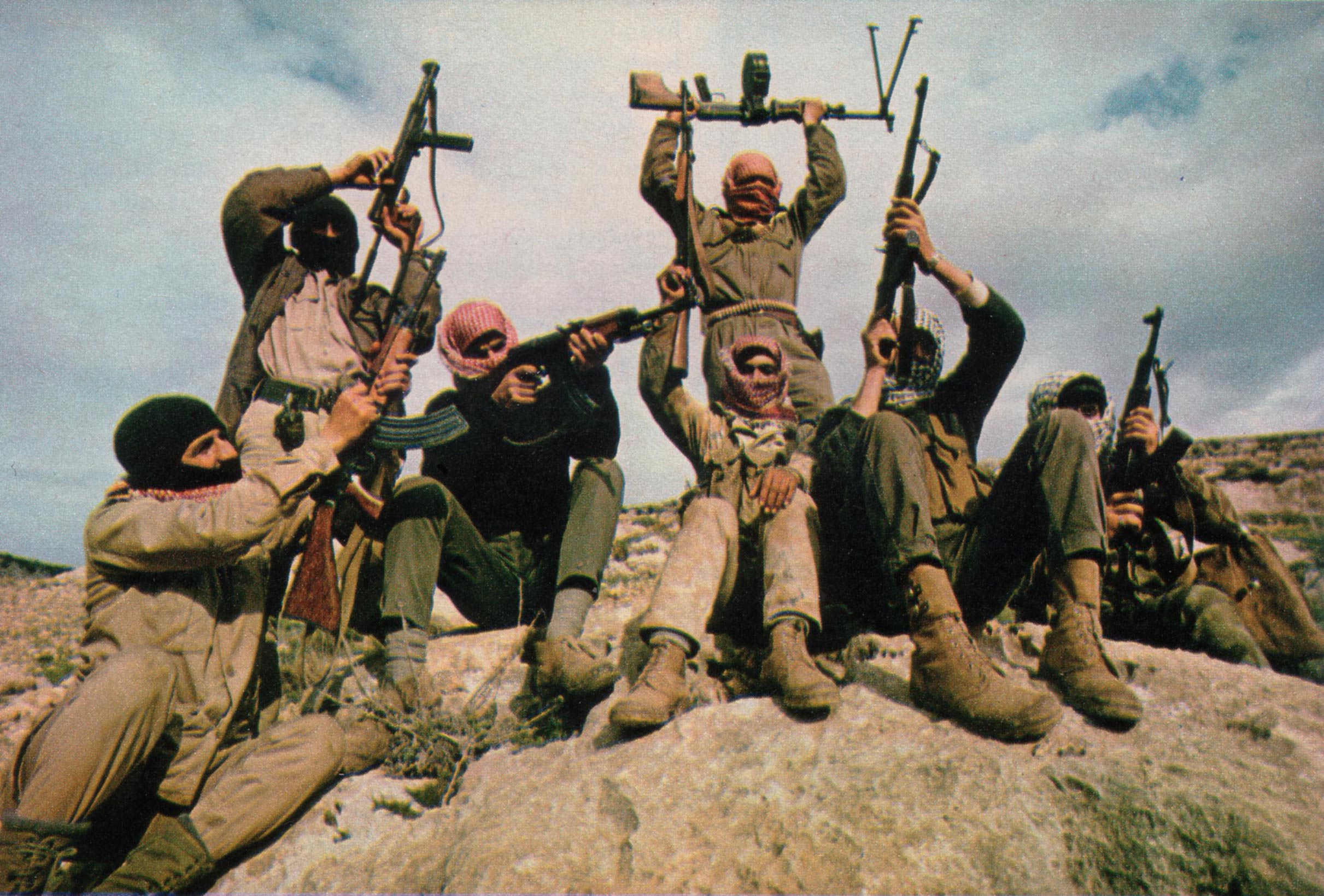
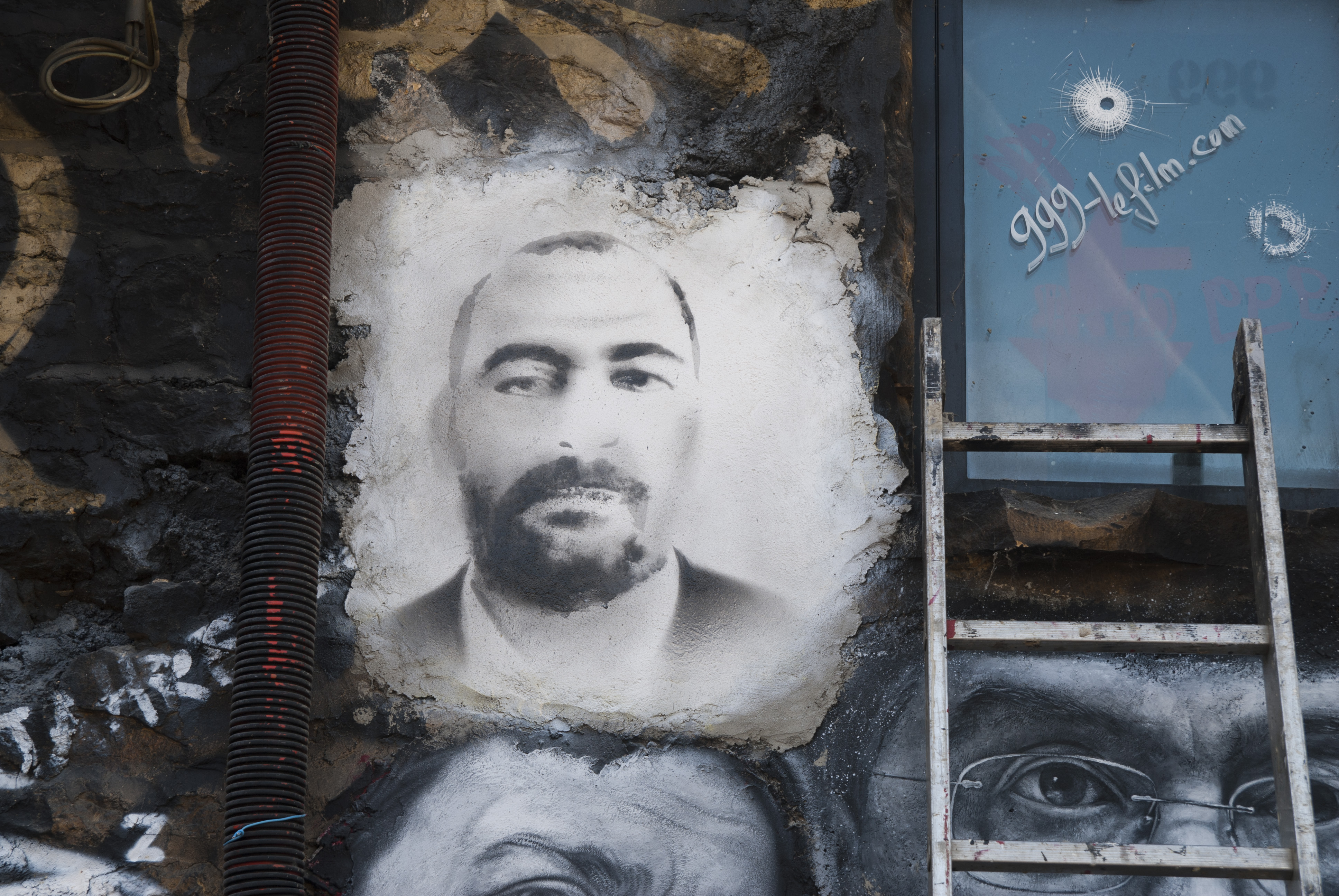
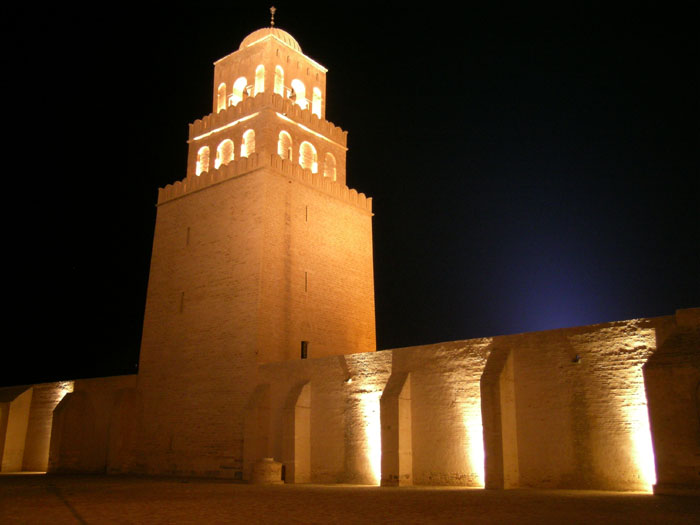
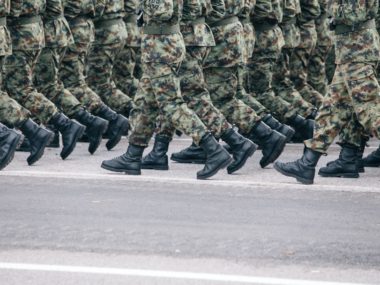

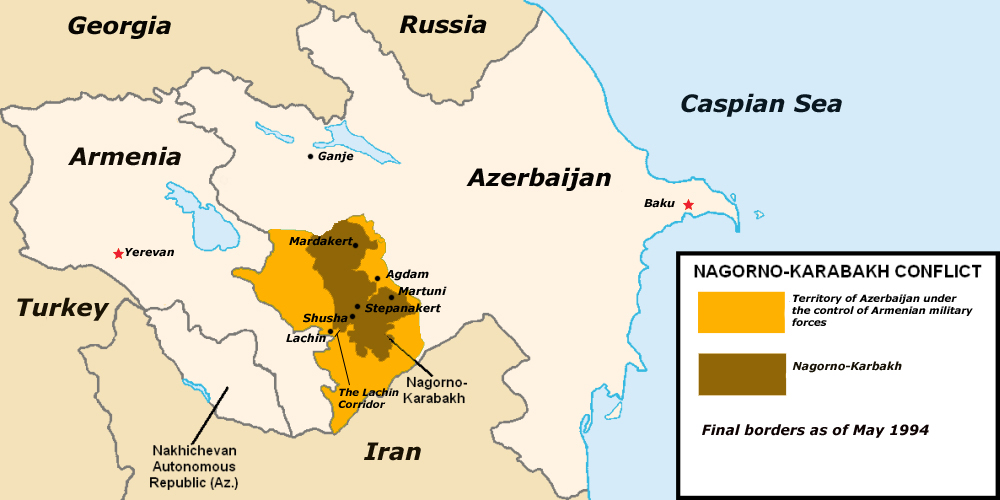
14 comments
True, but how is this a NEW argument? See:
Bakke, Kristin M., Kathleen Gallagher Cunningham, and Lee JM Seymour. “A plague of initials: Fragmentation, cohesion, and infighting in civil wars.” Perspectives on Politics 10.02 (2012): 265-283.
Cunningham, Kathleen Gallagher, Kristin M. Bakke, and Lee JM Seymour. “Shirts Today, Skins Tomorrow Dual Contests and the Effects of Fragmentation in Self-Determination Disputes.” Journal of Conflict Resolution 56.1 (2012): 67-93.
Bakke, Kristin. 2012. “When the Enemy of My Enemy Is Not My Friend.” TEDx – University College London (UCL). July 2, 2012. http://www.youtube.com/watch?v=nxFaS80fQWI&feature=youtube_gdata_player
Thanks a lot for your comment Matt. I would recommend checking out the article or podcast, as both explain directly how my argument engages with the authors you cite above. In short, I believe my article offers the following new contributions emerging from the internal distribution of power: a new typology of movements, a new theory of movement outcomes and group behavior, and a new analysis of the actions and outcomes of numerous campaigns of political violence across time and space. My arguments disagree with each of the articles you list above in terms of how to define and measure fragmentation, as well as what predictions to make concerning group actions and movement outcomes. I will be on a panel at ISA later this month with Kristin and Lee, in case you will attend you can see how we engage with each other’s work. I would love to discuss further details if you like; drop me a line.
There may be a difference. Now that Hamas actually has to administer territory and be the face of Palestinians (in land they control that is) to the outside world, they may be under new pressures from the Palestinian people and outside supporters to do something to resolve the situation.
And the Algerian example isn’t a great one considering that was in the 1940s, and few were predicting the upheaval nationalism would bring in the 1950s and 1960s or the political changes in France at that time.
Not saying that the basic argument of position determining inter-movement strategy doesn’t have its strengths, just that it’s probably something with more factors than that alone.
Not only do I agree with your first point Grant, but that is one of the key mechanisms my theory is founded on: the idea that based on your position of power, you now have incentives as a group to act differently than when you were simply a weak challenger (I explain in more depth in the article).
In terms of your second point, there was also unity among Algerian groups in 1951, which is within the time period you specify, and yet the movement got pretty much nothing beyond rigged French elections. The later revolution against the French was going quite poorly in the early years of fragmentation, and the French leadership help fast to the claim/policy that Algeria was part of France. One might suggest that De Gaulle coming to power was the key factor in Algerian success, but De Gaulle actually did everything he could to try and find an alternative to the FLN to cut a lesser deal. Heck, the French under De Gaulle even provided arms and money to the FLN’s previous rival to try and create an alternative force and invite them to the table, but they failed. The hegemonic FLN held the line and won. Nationalism was around before and after, unity and fragmentation were around many times before, but the Algerian national movement succeeded soon after its first period of hegemony.
Interesting suggestion. What would you say of the Soviet-Afghan war? A case where military power grew enough among different insurgent groups to temporarily offset political weakness*?
*I know its unfair to ask people what they think of multiple different conflicts in completely different parts of the world, but it is at least equal to South Vietnam in an excellent study of insurgency caught in great power politics.
I think that is definitely a fair question. After all, I believe that my theory generalizes, so it certainly should be able to explain cases outside of those in the article. There are a number of other cases I have analyzed in depth for the book that are not included in the article, but the Soviet-Afghan case is not one of them, unfortunately. From what I do know, I will say the following: The Afghan case is one that is primed for fragmentation. Not only do you have forbidding terrain that has made it difficult for any single group/regime to control the region for much of its history, but you also have ethnic splits and extensive foreign involvement that make internal hegemony less likely. So in that sense, I’m not surprised that the insurgency was often fragmented, with alliances here and there (Fotini Christia’s book is great on this in the post-Soviet period). In a basic sense, one could look at that insurgency and say that it is clearly not a hegemonic one, yet it succeeded, so that is a problem for my theory. First, I would say that I’m not so sure the fragmentation of the movement was a positive; success may have come in spite of it. The infighting between various groups certainly hurt the cause of removing the Soviets at various points. Second, there may well have been regional hegemony in certain parts of Afghanistan that aided the fight. My article does not go into this, but future ones will. Third, my theory is parsimonious and I think that the distribution of power is a very important variable, but I certainly don’t think it explains all variation in all cases. One could point to a state’s level of interest in a piece of territory, the number and power of states supporting the insurgency, or state fragmentation (see Spruyt) to explain outcomes as well, and I think each argument has something to contribute. Ultimately though, I do think hegemonic movements generally do better, ceteris paribus, although it’s also true that I/we don’t yet know for sure because there isn’t good micro-level data on the distribution of power by group by year within each movement. I have that for some movements, but certainly not all. I am building the data, but it takes time to do it right.
Great paper that adds to the burgeoning literature on rebel movement fragmentation. You mention that you have some group-level data that accounts for the distribution of power within a movement. I was curious to know how exactly you measure that power distribution? Thanks!
Thanks a lot Adrian. The proxies I use for group strength are nothing revolutionary. I used membership size, wealth, and seats in common political institutions for this article, but I also collect data on popular support, armaments, and a few others. What makes the data I’m collecting a bit different than what is in existing data sets is that I collect it for each group by year, triangulating with primary and secondary sources and interviews. The process takes a while, but I don’t know of a better way to get quality information on this. I wish existing data sets had it, but most either have maximum levels of members that don’t seem to change or some rating for group strength that I’m not sure I trust. I haven’t read your ISR piece, but I’d love to hear your thoughts on this and if you know of existing data sets that might allow me to test my theory on a much larger number of cases. You can drop me a line as well if you prefer. Thank you.
Again this is really interesting paper. I was curious how your argument is different, or is related to the one put forth by Ethan Bdm http://home.uchicago.edu/~bdm/papers.html:
2008. Terrorist Factions. Quarterly Journal of Political Science 3(4):399-418.
2007. The Propaganda of the Deed: Terrorism, Counterterrorism, and Mobilization (with Eric Dickson). American Journal of Political Science 51(2):364-381.
He takes a game theoretic/political economy approach to understanding terrorist organizations. His research treats terrorist groups like political parties that use violence to jockey for position with the population, the government, and other factions. It seems to be similar to your argument. Correct?
Thanks a lot Thomas. I am not a game theorist by training, but I have to say that I always read and learn a lot from Ethan’s work. Beyond our differences in method, I think there are a number of key distinctions. In the “Terrorist Factions” article, his DV is my main IV. He is explaining variation in decisions to split a group or form an alliance, which in my terms would mean changing the fragmentation and distribution of power in the movement. The theory in my article looks at the effects of the distribution of power in the movement, rather than trying to explain where it comes from and when/why groups emerge. However, this is one of the reasons I see my work as a potential complement to Ethan’s, and I engage much more with where the distribution of power comes from in future projects.
In the first article, Ethan is also just looking at terrorist groups, whereas I look at all political groups in a national movement, whether violent and non-terrorist or nonviolent (e.g. the Jordanian Communist Party, Ferhat Abbas’s groups, etc.), so the units of analysis are not exactly the same either.
In the “Propaganda of the Deed” article, he and Dickson are arguing about group decisions to use violence, which is one of the DVs I analyze. However, they argue that group decisions to use violence or not are driven by the type of enemy regime and its CT policy. My theory argues that these decisions are based on a group’s position in the internal hierarchy of power, which is quite different.
All that said, we do work from some powerful initial assumptions about treating armed groups like political parties in waiting/in reality that seek to maximize their strength. I hope that helps explain where my article agrees, disagrees, and studies different things than Ethan’s.
Peter, thanks for your response. I really appreciate and you definitely clarified your argument. I agree that fragmentation is one of the most interesting aspects of conflict. I come from the ethnic conflict literature–and one of the most interesting, and understudied aspects is intra-ethnic violence. I can see the analogy here to the fragmentation literature. Overall, really cool and important research!